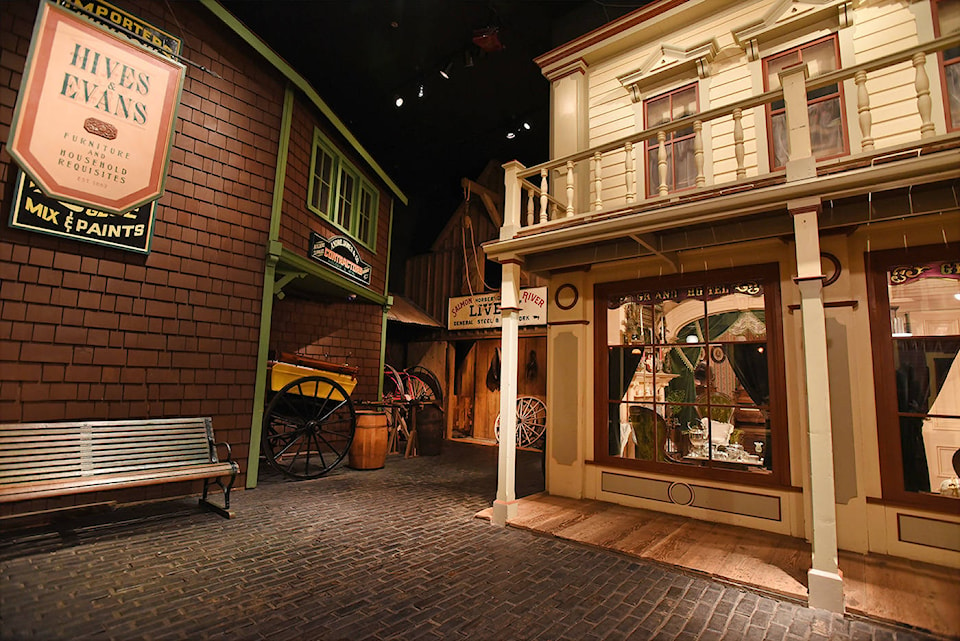Funeral rituals from the Victorian era will be on display in the streets of the Royal BC Museum’s Old Town and Helmcken House on Saturday, Nov. 23. Locals are invited to participate in a number of interactive exhibits created by students at Camosun College. All activities are free with museum admission or membership.
The interactive exhibits take place in the streets of the museum’s Old Town from 1 p.m. Next, revellers can walk through to Helmcken House where a recreation of a Victorian wake will be performed by Camosun anthropology students from 2:30 to 3:30 p.m.
READ ALSO: With $4M investment, Camosun College offers first sonography program on Vancouver Island
Students in Nicole Kilburn’s Anthropology of Death class are partnering with the museum to explore historical aspects of death. These include post-mortem photography, headstone engravings, memorial stationary, the use of clairvoyants, hair jewelry, mourning clothes, and the economy of death.
The funeral recreation will focus on the death of a fictional man of British descent and the rituals associated with his culture, and socio-economic status. Students will also explore other perspective on death in the B.C. community in 1900, such as perspectives of Chinese immigrants and First Nations.
Camosun’s schools of Health and Human Services, and Trades and Technology will also help make this Victorian funeral come to life. First Memorial Funeral Services donated a casket to be used in the funeral, and Helmcken House’s parlour will be decorated in accordance with Victorian era funeral traditions.
Very excited for @Camosun to showcase their Victorian-era knowledge in Old Town this Saturday 🙌 https://t.co/dET2b3LKRK
— Royal BC Museum (@RoyalBCMuseum) November 20, 2019
“We’ll have crepe-covered mirrors and [a clock] stopped at the time of death as well as a casket with a mannequin dressed in funerary attire,” Kilburn said. “Students have learned that the Victorians left the windows open so that the spirit could leave and that a boxwood wreath on the door communicated to the community that a death had occurred.”
Student organizer Laurel Hanson said she appreciates the opportunity to immerse herself in her studies. “This type [of] applied learning gives me concrete skills and has also resulted in a volunteer position at the museum,” Hanson said. “I would never have had this opportunity without this project.”
Kilburn said Victorians were “much more familiar with death in their everyday experience” because of higher infant mortality rates, women dying during childbirth, and deaths caused by unsafe working conditions.
“It wasn’t that people feared death less, but there was more familiarity with it. The dead were still tended to in the home rather than these roles being outsourced. Death touched a family earlier and more often than today, and it was memorialized in very particular ways,” Kilburn said.
The public are invited to attend, to be curious, and ask questions while being respectful of the solemn nature of the topic.
READ ALSO: Camosun’s continuing education site a quick hit
Like us on Facebook and follow @yrlocaljourno



